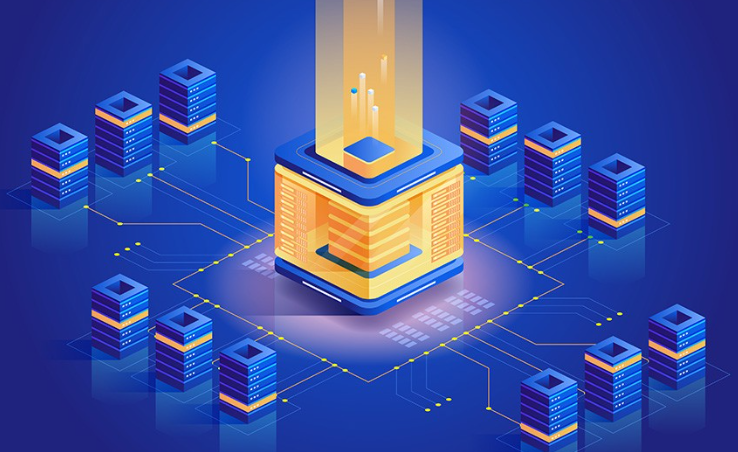Blockchain Security: Understanding the Landscape

Blockchain Security is a complex and crucial aspect of this rapidly evolving technology. It involves a comprehensive approach to mitigate risks and ensure the integrity, confidentiality, and availability of data and transactions within a blockchain network. Here’s a breakdown of the key areas you mentioned:
1. Blockchain Security:
- Focus: Protecting the underlying blockchain infrastructure and protocols from various attacks like Sybil attacks, double-spending, and 51% attacks.
- Security Mechanisms: Consensus algorithms (e.g., Proof-of-Work, Proof-of-Stake), cryptography (e.g., hashing, digital signatures), network security protocols (e.g., TLS), and secure coding practices.
- Considerations: Different blockchains have varying security strengths and weaknesses depending on their design and implementation. Understanding the specific vulnerabilities of the chosen blockchain is crucial.
- Focus: Assessing the security of applications built on top of blockchains, specifically those interacting with Web3 technologies (e.g., decentralized finance, NFTs).
- Audit Scope: Examining smart contracts, frontend applications, backend systems, and overall architecture for potential vulnerabilities like logic flaws, reentrancy attacks, and oracle manipulation.
- Benefits: Identifying and addressing security risks before deploying applications, mitigating potential financial losses and reputational damage.
- Focus: Evaluating the security of smart contracts, self-executing programs stored on blockchains.
- Specific Concerns: Exploitable bugs, vulnerabilities in code logic, and potential access control issues.
- Audit Methodology: Static analysis, dynamic analysis, manual code review, and fuzzing to identify potential vulnerabilities.
- Importance: Smart contracts often handle significant value, making thorough audits critical to protect user funds and prevent financial exploits.
Additional Points:
Security as an Ongoing Process:
- Continual vigilance is essential: The ever-evolving nature of blockchain technology and the constant emergence of new threats necessitate consistent updates, best practices implementation, and regular security audits. This ensures the ecosystem remains resilient against evolving attack methods.
- Proactive approach is key: Regularly updating software patches vulnerabilities before they can be exploited. Staying informed about industry best practices and implementing them proactively strengthens the overall security posture.
- Regular audits provide valuable insights: Security audits conducted by qualified professionals offer an objective assessment of potential vulnerabilities and provide actionable recommendations for improvement.
Different Security Levels for Different Blockchains:
- Permissioned vs. Public Blockchains: Permissioned blockchains with restricted participant access often prioritize internal controls and access management, while public blockchains with open participation focus on cryptographic consensus mechanisms and decentralization.
- Security considerations vary: Each type of blockchain has its own inherent strengths and weaknesses in terms of security. Understanding the specific security model and potential vulnerabilities of the chosen blockchain is crucial for informed decision-making.
Adapting to Emerging Threats:
- The threat landscape is dynamic: New attack vectors and vulnerabilities are constantly discovered, demanding continuous adaptation of security measures.
- Staying informed is crucial: Keeping up with the latest security threats and trends through research, industry reports, and expert analysis equips stakeholders to implement effective countermeasures.
- Collaboration fosters resilience: Sharing knowledge and collaborating on security solutions across the blockchain community strengthens the overall defense against emerging threats.
By understanding these ongoing security considerations and tailoring them to the specific context of your blockchain project, you can contribute to a more secure and trustworthy ecosystem for everyone involved.
Do you have any specific questions or concerns related to blockchain security in a particular project or application? I’m happy to provide more tailored insights based on your needs.





